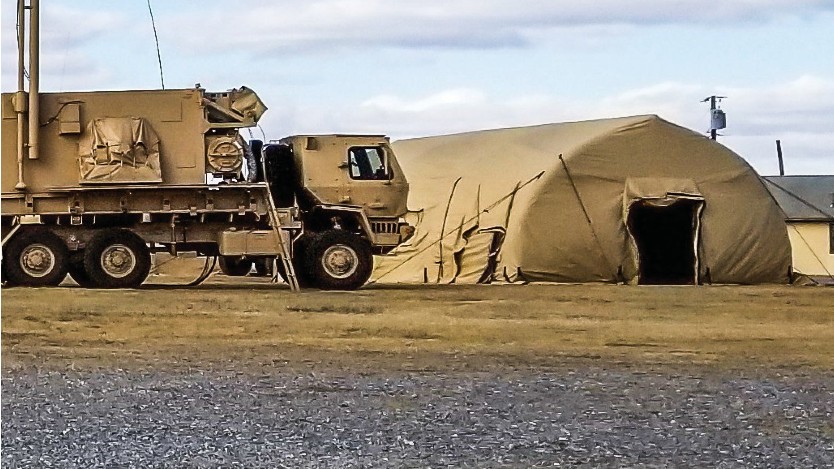The successful partnership between Emerson and Tekgard was marked by teamwork, transparent communication, and collaboration, leveraging Emerson’s resources and expertise. This collective effort led to the identification of a solution in under two weeks. Notably, there was a notable reduction in product and material loss achieved within a compressed timeframe. The affected unit underwent a swift retrofitting process, effectively meeting the requirements of the U.S. Army.
Application
In their military applications, Tekgard relies exclusively on Copeland™ fixed and digital scroll compressors. Their collaboration with Emerson is driven by the extensive array of Copeland product options, coupled with Emerson’s outstanding reputation in the industry. The decision to partner with Emerson is rooted in the desire for a trustworthy company that would not only meet their needs but also enhance Tekgard’s credibility.
Challenge


